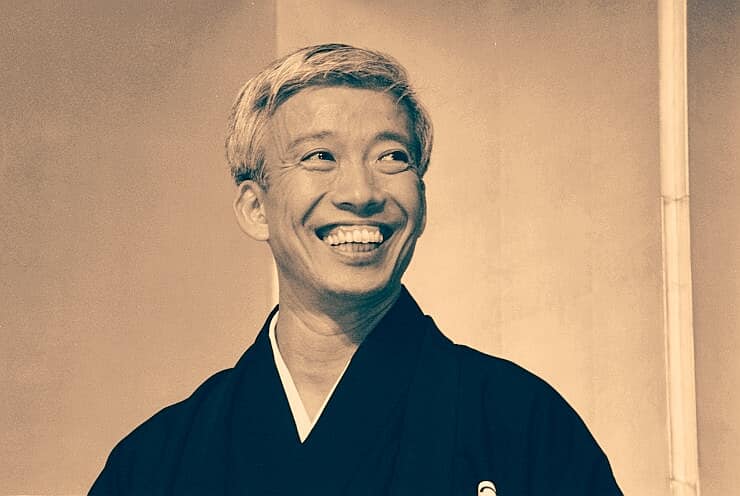Q- What is the significance for the Aikikai of the International Aikido Federation that was created in 1975?
The people who organized the International Aikido Federation are still around, so you should probably ask them instead of me, but in general I think the most obvious purpose was to assist the smooth development of aikido abroad. That was twenty-four years ago, and the aikido world is considerably wider now than it was then. In the interim, the ease with which we can now exchange information, for example using the Internet, as well as the development of much more accessible transportation networks, have made the social background of today completely different from the social background that existed back then.
A- The International Aikido Federation is organized on a Western model based on democracy and so emphasizes the importance of lateral relationships. In contrast, the Aikikai is a non-profit foundation that is based on a more traditional family -or lineage- based iemoto system with a strongly vertical structure. How do you think these two different organizations one structured horizontally, the other vertically can be reconciled in such a way that they can work together successfully?
The differences you mention do indeed present some difficulties, but even if there are some occasional ripples in the relationship, I think things generally go fairly well between the two and there are not so many truly serious disputes.

Q- There are many non-Japanese who have the idea that a “democratic” organization is one in which everyone gets to cast their vote in the process of making decisions about important issues. But wouldn’t it be more correct to understand the International Aikido Federation as being under the umbrella of the Aikikai, and that just as dan rankings are overseen not by the Federation but by the Aikikai, it is actually the iemoto that serves as the foundation and has overall control of everything?
A- The Aikikai is, of course, the foundation, but that is not to say that it makes all of the decisions all of the time regardless of what the other side wants. Essentially the Aikikai is a collective of people who originally came together based on their shared interpretation of aikido as it was created by Morihei Ueshiba, people who were members of the organization that developed under him. That group of people was subsequently recognized by the Japanese government as a legal entity called the Aikikai.
The activities of the Aikikai happen to include activities abroad, and the International Federation represents an establishment within that of a horizontal structure with its own rules, regulations, and officials. Naturally, decisions within such a horizontal organization are handled by majority rule, and in fact their by-laws specify that they must be. That means there are inevitably instances in which things are not handled as the Aikikai feels they should be. If you create an organization and give it its own by-laws, that is naturally going to happen.
Nevertheless, as I first explained, the Aikikai is still essentially an organization comprised of people who agree on the aikido created by the founder and have come together as a way of respecting and preserving it.
To be continued…
Source: Facebook/Aikido



